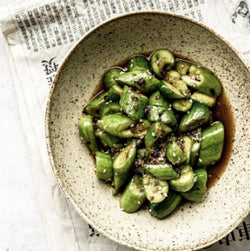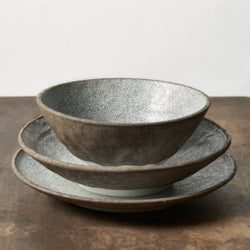A 1,300-Year Tradition
Furoshiki, a simple yet versatile fabric, has been used in Japan for over 1,300 years. Though its name has evolved, its form and purpose remain unchanged, carrying the wisdom of past generations.
The History of Furoshiki
Furoshiki has two historical roots, primarily as a wrapping cloth. Since the Nara period (710–794), fabrics called tsutsumi were used to store valuables. By the Kamakura period (1192–1338), koromozutsumi emerged, evolving into the furoshiki we know today. Though the name has shifted over time, the tradition endures.
Washing Instructions
- Cotton: Hand wash or machine wash in cold water (30°C or below) with a mild detergent. Use a gentle cycle and place the furoshiki in a laundry net if using a washing machine.
- Aquadrop (Water-Repellent): Hand wash with cold water and avoid fabric softeners, bleach, or strong detergents, as they can reduce water resistance.
Drying & Ironing
- Air dry in the shade to prevent color fading. Avoid direct sunlight.
- Do not tumble dry, as it may shrink or weaken the fabric.
- Iron on low to medium heat if necessary. Use a pressing cloth for delicate fabrics like silk.
Storage Tips
- Store in a dry place, away from direct sunlight and humidity.
- Fold neatly to prevent wrinkles, or hang to keep the fabric smooth.
By following these care tips, your MUSUBI furoshiki will stay vibrant and durable for years.
MUSUBI is a Japanese company specialising in furoshiki, traditional wrapping cloths. Founded in 1937 as Yamada Sen-i Co., Ltd., it has long promoted and preserved this cultural art. The name "MUSUBI" means "to be born" and "beauty" in Japanese, while also symbolizing "a knot" or "to tie." Based in Kyoto, MUSUBI offers over 500 furoshiki designs, blending traditional techniques with modern collaborations, including works by French artist Adeline Klam.















